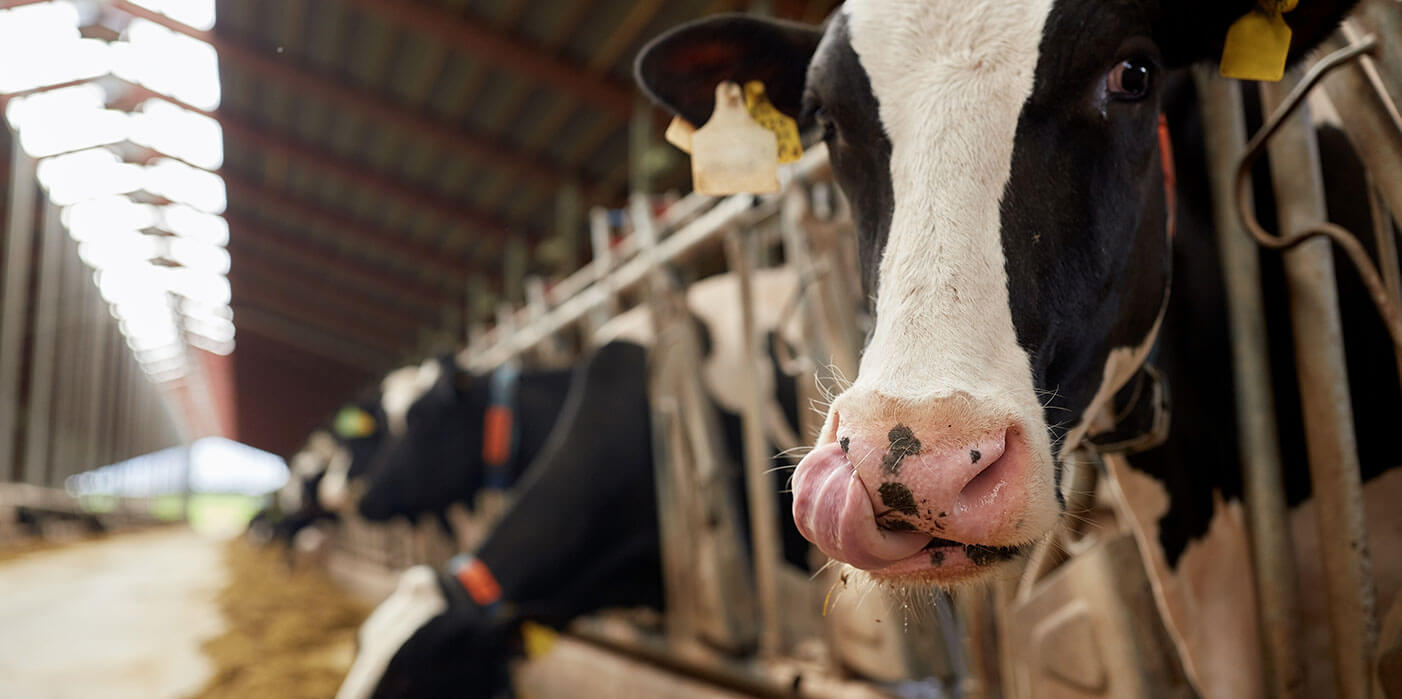“Own Use” Importation of Drugs for Use in Farmed Animals
FAASTsheet 04 /
What is Changing and When?
What?
Health Canada has amended its regulations to remove the option to import drugs for the purpose of direct administration to food animals without sale (i.e. for own use).
A list of drugs (List B) that can continue to be imported for own-use in food animals was also created.
- An application can be submitted to include specific drugs on this list if they meet certain criteria. However, medically important antimicrobials (included on List A) are not eligible for inclusion on List B.
When? November 13th, 2017
)
Why Did This Change?
Animal owners were historically able to import medication for use on their own animals including, in some instances, medication not approved for use in Canada. There was limited oversight by regulators and veterinarians of antimicrobials imported for “own-use.”
This lack of oversight may have contributed to inappropriate use or misuse of medically important antimicrobials, which increases risks to food safety, animal health and the risk of antimicrobial resistance.
What Do These Changes Mean for Veterinarians?
There will be increased demand on veterinarians to prescribe and dispense antimicrobials that animal owners previously obtained via importation.
Veterinarians may need to manage a larger and possibly broader inventory of products to meet the requirements of their clients, and will also need to consider means for timely delivery of products that may be needed in emergency situations.
What Do These Changes Mean for Your Clients?
Animal owners are no longer be able to obtain medically important antimicrobials directly via importation from other jurisdictions for use on their own animals with the exception of List B drugs.
They will instead need to purchase these antimicrobials from a veterinarian, pharmacy, or feed mill (for medicated feeds only) within Canada.
Furthermore, a prescription is now required to obtain any medically important antimicrobials as of December 1st, 2018. See Veterinarian FAASTsheet #7 for more information.